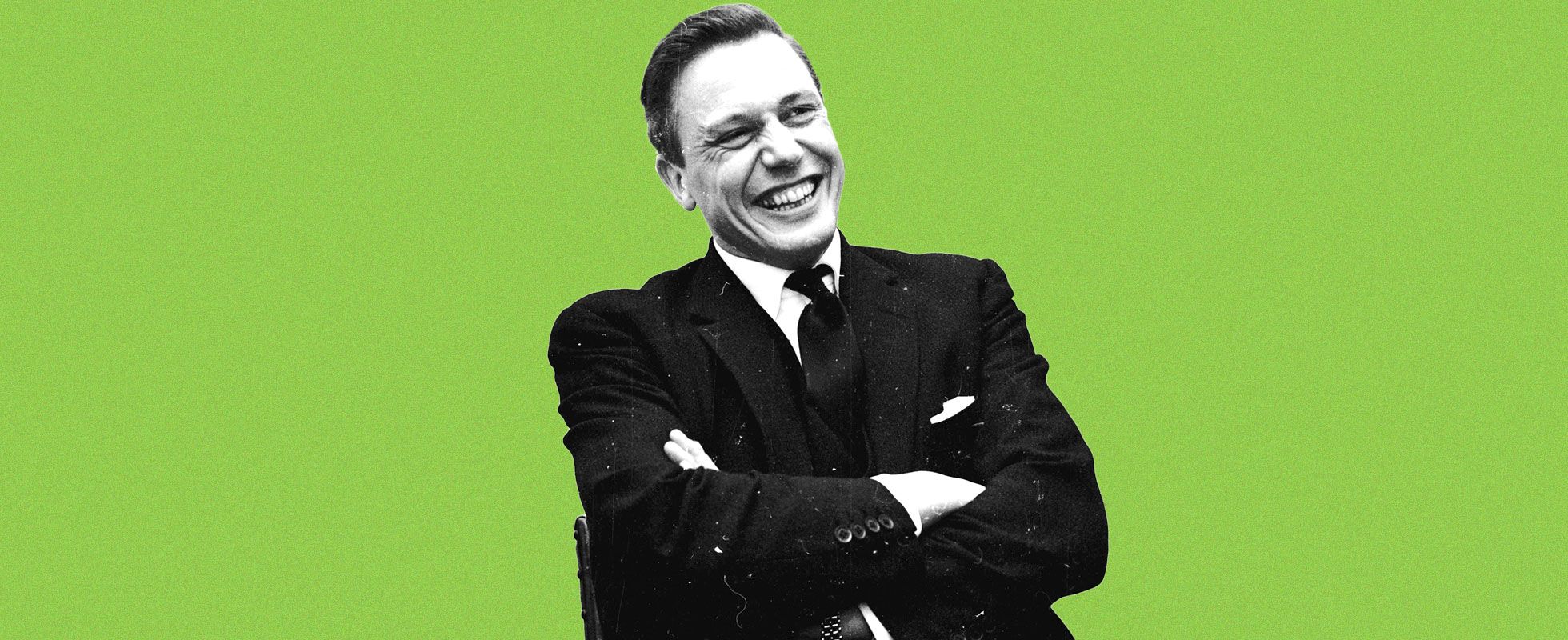Sir David Attenborough’s career as a broadcaster and natural historian has spanned almost 70 years, from the early days of black-and-white film to the age of HD and 3D imagery.
His work as a writer and presenter with the BBC Natural History Unit has taken him all over the world and made him one of the most well-traveled people on the planet. He traveled 1.5 million miles for his groundbreaking 1979 series Life on Earth, and since then, he has made nine more Life series of similar scope.
Attenborough is considered one of the most trusted voices in his home country of Britain, and his unique narrative style is instantly recognizable, whether he’s talking about penguins or narrating one of Adele’s music videos. In 2016, Prince William paid tribute to Sir Attenborough, saying, “He’s a national treasure, and it is very fitting that he is having his 90th birthday only a few weeks after the Queen. They are two incredible national treasures who have done so much over the years.”
He is equally popular among the scientific community; at least 15 animals and plants — both living and extinct — have been named in his honor, including a Peruvian frog (Pristimantis attenboroughi) and a plesiosaur from the Early Jurassic called Attenborosaurus.
During the last two decades, Attenborough has become increasingly outspoken about the impact of human society on the natural world. His warnings are often stark and urgent, and his words have motivated generations to take up the cause, including young activists like Greta Thunberg, who's thanked Attenborough for inspiring her.
But while his recent documentaries have focused more heavily on the destruction of the environment, Attenborough’s passion for the natural world has never diminished. From his earliest works to the present day, his quotes about our planet still inspire the same sense of awe.
On Life
There are some four million different kinds of animals and plants in the world. Four million different solutions to the problems of staying alive."Life on Earth," 1979
On Our Unique Planet
Our planet, the Earth, is, as far as we know, unique in the universe. It contains life. Even in its most barren stretches, there are animals. Around the equator, where those two essentials for life, sunshine and moisture, are most abundant, great forests grow. And here plants and animals proliferate in such numbers that we still have not even named all the different species."The Living Planet," 1984
On Antarctica
I am at the very center of the great white continent, Antarctica. The South Pole is about half a mile away. For a thousand miles in all directions, there is nothing but ice. And, in the whole of this continent, which is about one-and-a-half times the size of the United States and larger than Europe, there is a year-round population of no more than 800 people. This is the loneliest and coldest place on Earth, the place that is most hostile to life. And yet, in one or two places, it is astonishingly rich."Life in the Freezer," 1993
On Plants
These trees and bushes and grasses around me are living organisms just like animals. And they have to face very much the same sort of problems as animals face throughout their lives if they're to survive. They have to fight one another, they have to compete for mates, they have to invade new territories. But the reason that we're seldom aware of these dramas is that plants of course live on a different time-scale."The Private Life of Plants," 1995
On Birds
Birds were flying from continent to continent long before we were. They reached the coldest place on Earth, Antarctica, long before we did. They can survive in the hottest of deserts. Some can remain on the wing for years at a time. They can girdle the globe."The Life of Birds," 1998
On Invertebrates
If we and the rest of the backboned animals were to disappear overnight, the rest of the world would get on pretty well. But if [the invertebrates] were to disappear, the land's ecosystems would collapse."Life in the Undergrowth," 2005
On Humanity
A hundred years ago, there were one-and-a-half billion people on Earth. Now, over six billion crowd our fragile planet. But even so, there are still places barely touched by humanity."Planet Earth," 2006
On Survival
Our planet may be home to 30 million different kinds of animals and plants, each individual locked in its own lifelong fight for survival. Everywhere you look, on land or in the ocean, there are extraordinary examples of the lengths living things go to stay alive."Life," 2009
On Blue Whales
A blue whale, 30 meters long and weighing over 200 tonnes. It's far bigger than even the biggest dinosaur. Its tongue weighs as much as an elephant, its heart is the size of a car, and some of its blood vessels are so wide you could swim down them. Its tail alone is the width of a small aircraft's wings."Blue Planet," 2001
On the Annual Spawning of the Christmas Island Red Crab
The savage, rocky shores of Christmas Island, 200 miles south of Java, in the Indian Ocean. It's November, the moon is in its third quarter, and the sun is just setting. And in a few hours from now, on this very shore, a thousand million lives will be launched."The Trials of Life," 1990
On Experience
Experience has taught me how amazingly big and unpredictable the natural world is. When you’re young, you think you know it all about the natural world — “Yawn, yawn, everyone knows about that.” But in fact we only know a tiny proportion about the complexity of the natural world. Wherever you look, there are still things we don’t know about and don’t understand, as recent discoveries about, say, the behaviors of pufferfish and peacock spiders prove. There are always new things to find out if you go looking for them. They will last me out!Interview with "The Independent," two days before his 90th birthday
On the Future
With or without us, the wild will return ... It seems that, however grave our mistakes, nature will be able to overcome them, given the chance.– "ALife on Our Planet: My Witness Statement and a Vision for the Future," 2020
Featured image credit: David Cairns/ Stringer/ Getty Images
















